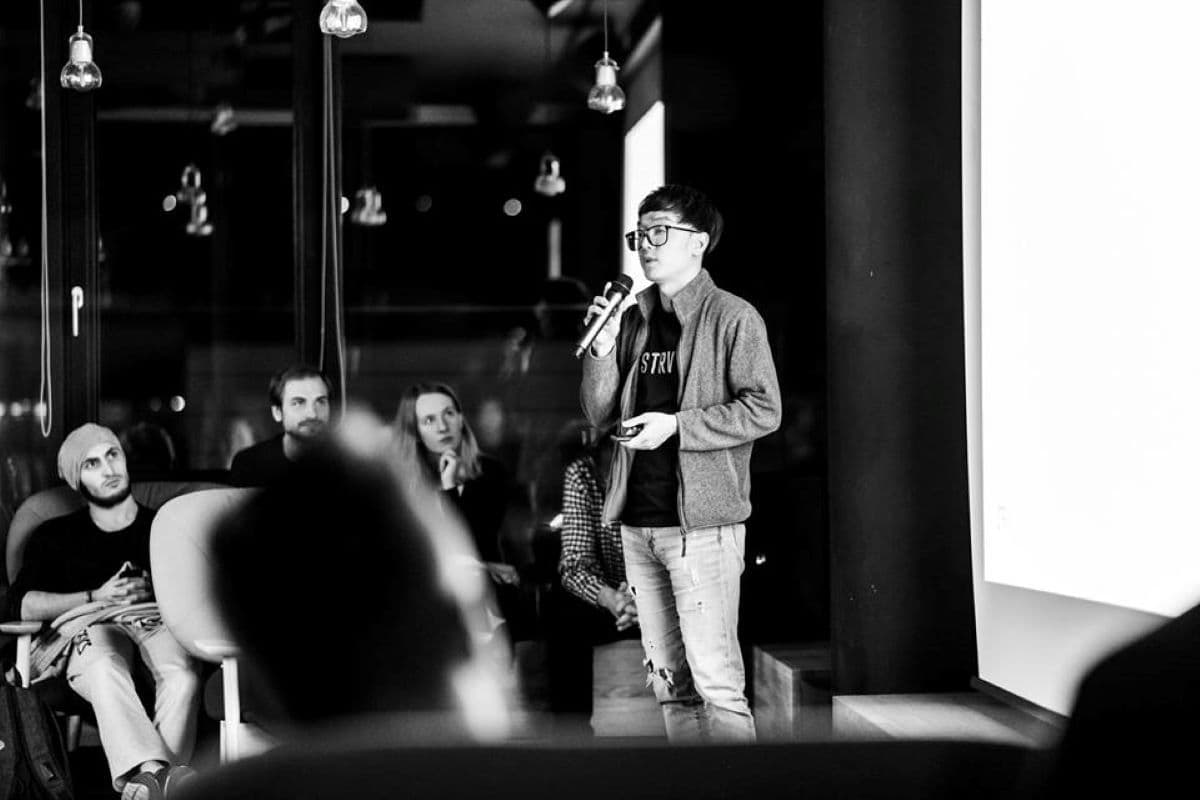The Houston-based smart energy company, Griddy, is working to change that.
THE SKINNY ON GRIDDY
Griddy was founded under one simple, yet brilliant focus — disrupt the old model of electricity retail markets by connecting consumers directly to wholesale energy without hidden fees or unfair markups. Powered by an intuitive mobile app and a $9.99 flat monthly rate, Griddy puts control over energy usage directly in the hands of their members, offering insights into up-to-the-minute energy costs as well as interconnectivity with smart home appliances.
When power gets too expensive, Griddy turns devices down or off depending on the user’s presets. When prices spike, users get push notifications. Wondering what the cost of power looks like for the next couple of days? Griddy offers its members forecasts to better ensure they plan their energy consumption accordingly.
To date, the Griddy platform is available across Texas, but plans are quickly underway for expansion to East Coast markets as well as Japan, Australia, and the United Kingdom. Given the rapid success and rate of growth Griddy is currently experiencing, it’s paramount that their business operates at peak efficiency; exactly why they turned to STRV when they needed an additional team of reliable, highly-skilled developers to work in conjunction with their in-house teams.
To get an inside look into the project as well as STRV’s agile team process, we sat down with STRV’s Griddy account manager, Filipe Simões, and frontend developer, Jay Hwang.
PLUG & PLAY Q&A
STRV worked with Griddy for the greater part of ‘18. Can you offer some insights into what they were looking for from cooperation?
Filipe: Griddy had their own product managers controlling timelines, budget, sprints, and those sorts of things as well as tech teams for backend, iOS, and Android. They needed developers from our team to jump in and help only with frontend support.
Jay: They already had all of the data on their side, so our job was primarily to take that data off the server and make it pretty and user-friendly.
When did you start working on the project, Jay? What did the work entail?
Jay: Last May. One of the first tasks I helped them with was creating a way for users to have multiple property accounts under a single member. We then moved on to fixing some UI’s, making it more attractive and fun for UX. Also, the app was English only when I started, and they needed to expand to Texas’ Spanish speaking population, so I handled the internationalization translating the text.
Filipe, what’s it like to handle an agile team project from STRV’s point of view?
Filipe: Ok, for example, a client comes to us and says, “we need 3 iOS developers.” My job is to connect them and figure out what the setup will entail for our team. Things like communications, resource management, meetings, and how our developers will receive tasks. I am the point of contact for the client and liaise with them, getting them what they need. If they need to add a designer to the team, for instance, we can plug one into the project. But it’s the responsibility of the client’s project manager to oversee scope, timeline, and budget. That’s all up to them.
To guarantee that our agile teams benefit clients as efficiently and effectively as possible, are there any particular strategies in place? Or in other words, what’s STRV’s secret sauce?
Filipe: What we offer is flexibility. For a client, if you really need someone quickly, it’s highly beneficial not to have to spend months on an interview process, contract them for a year, have to pay severance, and so on. With us, you can have someone who’s very talented, an expert in the field, start as soon as possible and help with the app as long as needed. Many clients say, “this work is awesome, let’s keep it at that,” so lots of agile team projects end up lasting for years.
Lastly, what stands out as some of the more appealing aspects of working in an agile team environment?
Filipe: It offers the chance to work on a range of projects for a variety of companies. You get to experience different fields, different people, and different industries. The experience can help improve overall personal performance by increasing exposure to new ideas, technologies, and such.
Jay: As a developer, being able to talk and work with the client themselves; I find that interesting and also challenging. You learn the importance of clear, straightforward communication as well as how to avoid miscommunications between clients and developers.
Thanks, guys.




